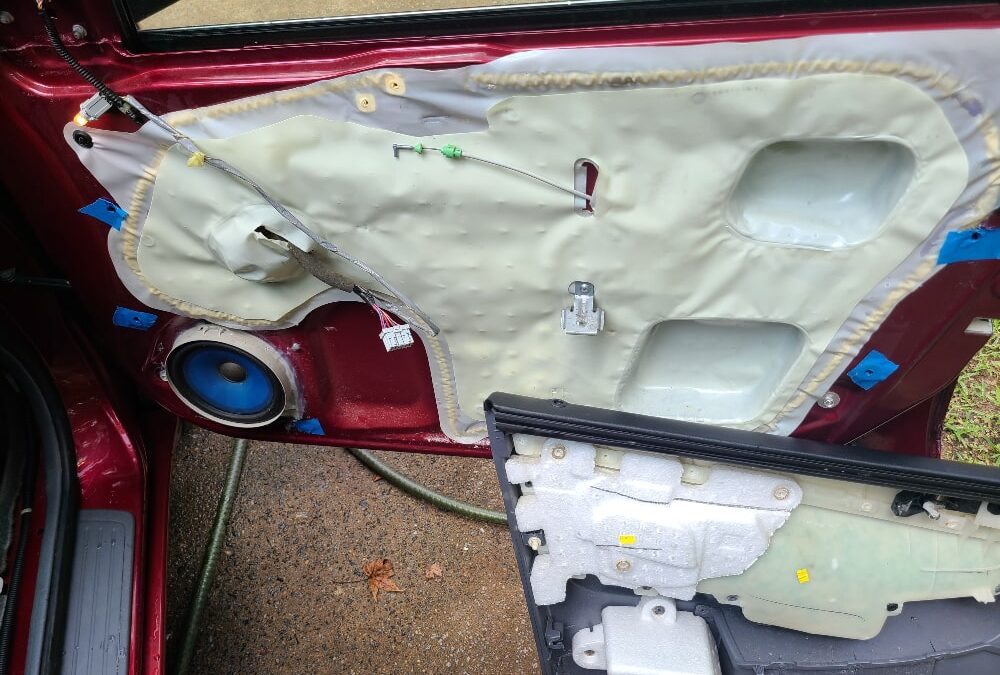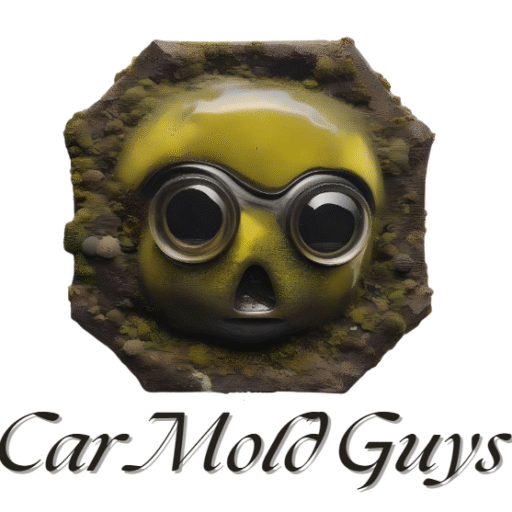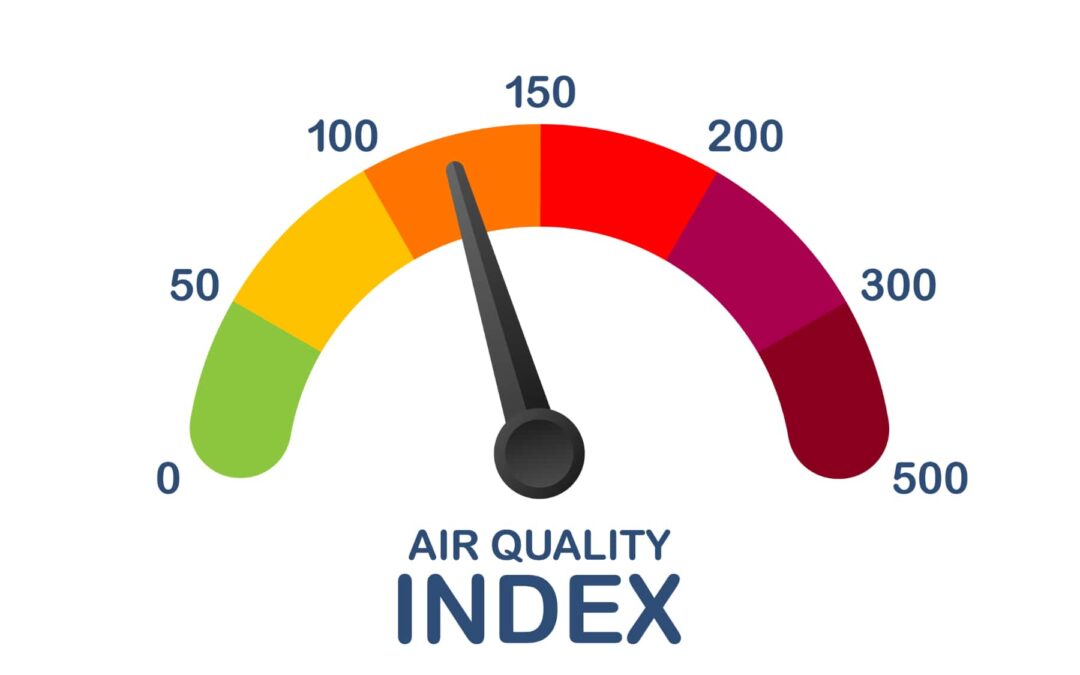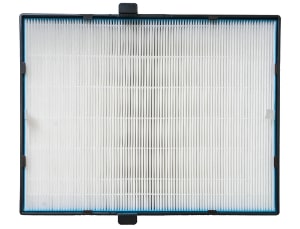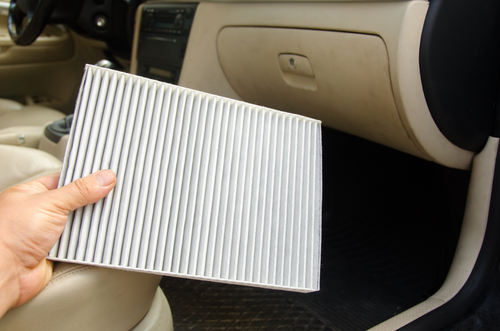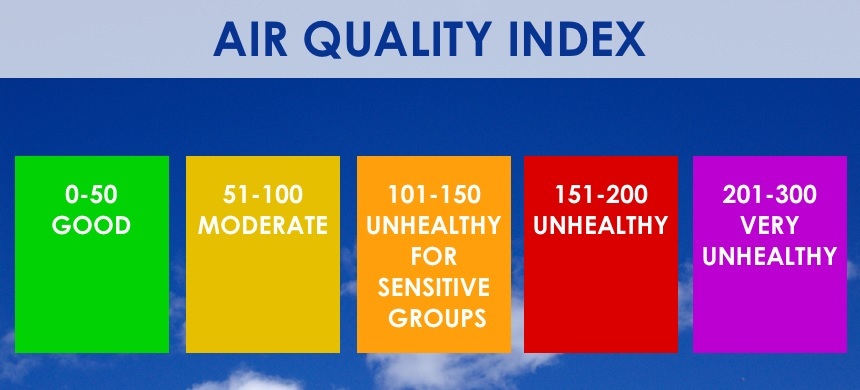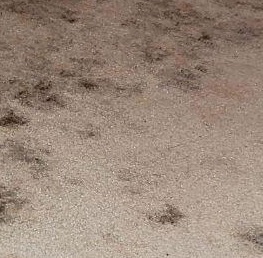What Defines a HEPA Filter?
Air purification technology has advanced dramatically in recent decades, with the HEPA (High Efficiency Particulate Air) filter emerging as a gold standard in the realm of air filtration. At its core, a HEPA filter is designed to capture a high percentage of airborne particles, including many microscopic ones that other filters might miss. However, not all filters that claim to be HEPA are created equal. In this article, we’ll explore the defining characteristics and standards that make a filter truly HEPA.
HEPA filters are not MERV-rated because they exceed the ASHRAE Standard rating system. Informally, however, if HEPA filters were to receive a MERV rating, they would rate roughly at MERV 17 or higher.
MERV 17+ filters are also favored by operating rooms, clean rooms and indoor spaces that require significant air filtration. Again, this upper MERV rating level and HEPA filters are too much for homes and residential spaces. Air filters below MERV 16 are favored for residential use as well as commercial buildings.
HEPA Filter Characteristics
- Particle Retention Efficiency:
A genuine HEPA filter must be capable of capturing at least 99.97% of particles 0.3 microns in diameter. This size (0.3 microns) is often cited because it represents the “most penetrating particle size,” which is the most difficult size of particle for filters to capture. This doesn’t mean that HEPA filters can’t capture larger or smaller particles; in fact, they’re often even more efficient at capturing particles that are either larger or smaller than 0.3 microns.
- Strict Standards:
The HEPA standard is rooted in regulations. The U.S. Department of Energy (DOE) set the standards for what constitutes a HEPA filter. In Europe, the equivalent standard is set by the European Committee for Standardization (often referred to as EN 1822 for HEPA and ULPA filters).
- Material:
Most HEPA filters are composed of a mat of randomly arranged fibers, made primarily from glass. The fibers are typically very thin, with diameters between 0.5 and 2.0 micrometers. The spaces between the fibers are much larger than 0.3 microns, which might seem counterintuitive. However, the manner in which HEPA filters capture particles (discussed below) allows these larger gaps while still ensuring the capture of much smaller particles.
- Mechanism of Particle Capture:
There are several mechanisms by which HEPA filters capture particles:
- Interception: Particles that come within one radius of a fiber will be captured.
- Impaction: Larger particles are unable to avoid fibers due to their inertia and are thus embedded directly onto fiber surfaces.
- Diffusion: Small particles, often those below 0.1 microns, move erratically due to air molecules’ collisions, which increases the probability of them getting captured.
- Electrostatic Attraction: Some HEPA filters are designed to be electrostatically charged, which attracts and captures charged particles.
- Construction and Seals:
The effectiveness of a HEPA filter isn’t just about the filter media itself. The design and construction of the filter frame and the sealing process are equally important. If a HEPA filter isn’t properly sealed in its frame, unfiltered air can bypass the filter, reducing the overall efficiency of the air purification system.
- Not All “HEPA-like” Filters Are HEPA:
Marketers sometimes use terms like “HEPA-type,” “HEPA-like,” or “99% HEPA” which can be misleading. These filters may not meet the stringent requirements of the true HEPA standard. Always look for certifications or details that confirm the filter’s efficiency and performance.
Conclusion:
HEPA filters offer a high level of particle filtration efficiency, making them ideal choices for environments like hospitals, clean rooms, and households where air quality is of utmost importance. While many filters on the market may claim to be HEPA or HEPA-like, understanding the defining characteristics of a genuine HEPA filter can help consumers make informed decisions about their air purification needs.
